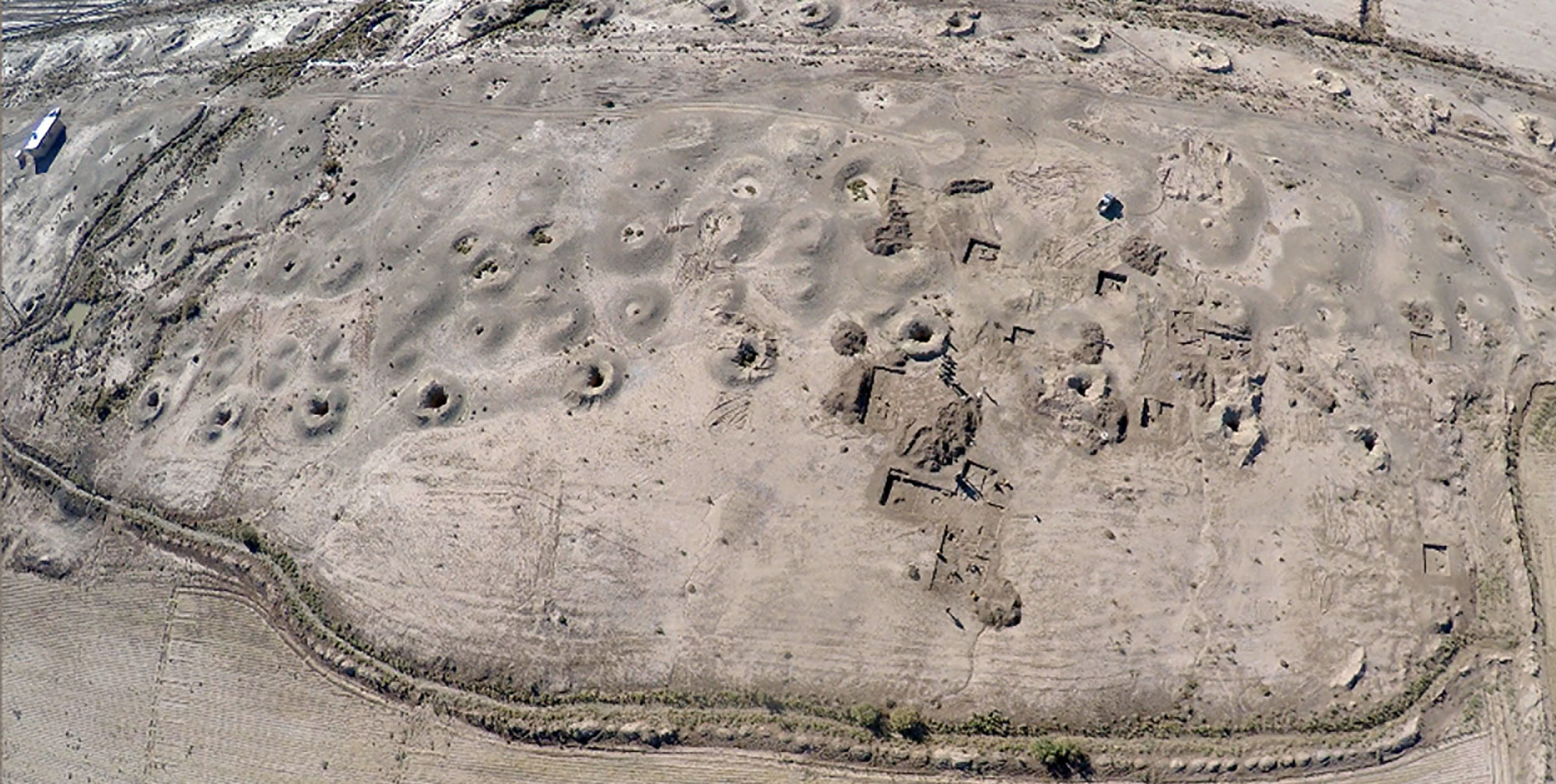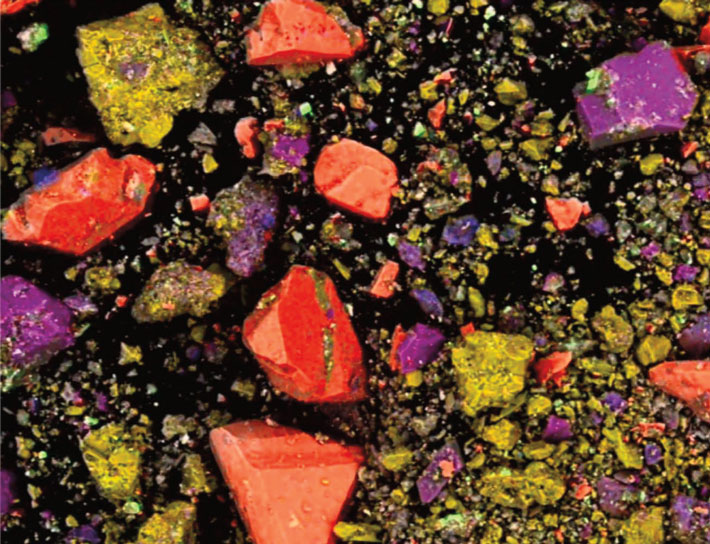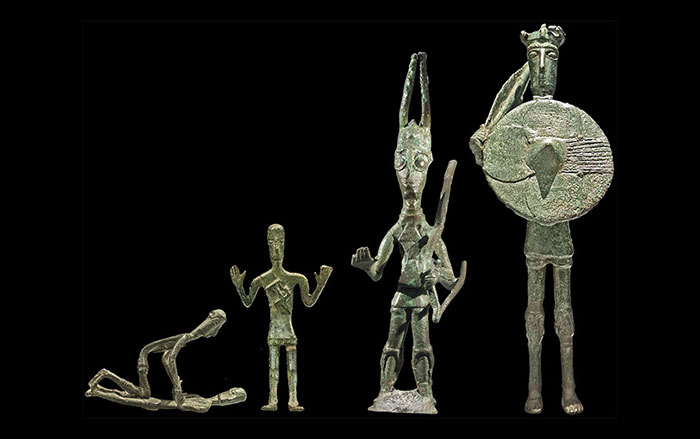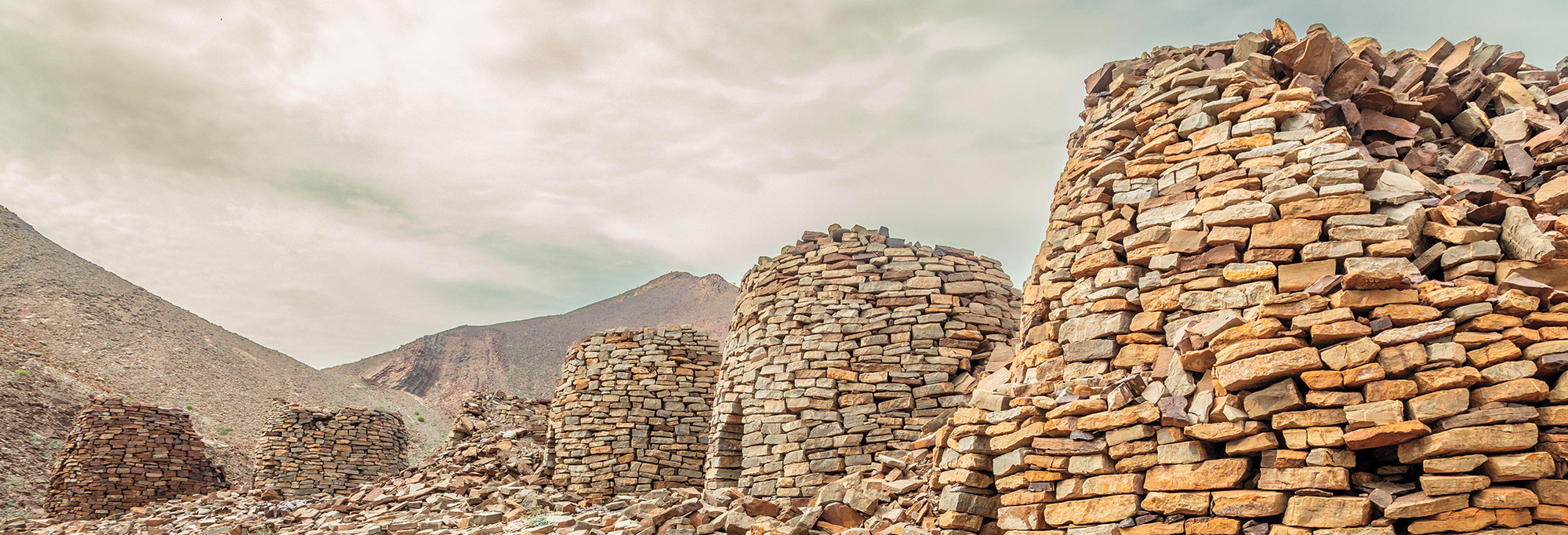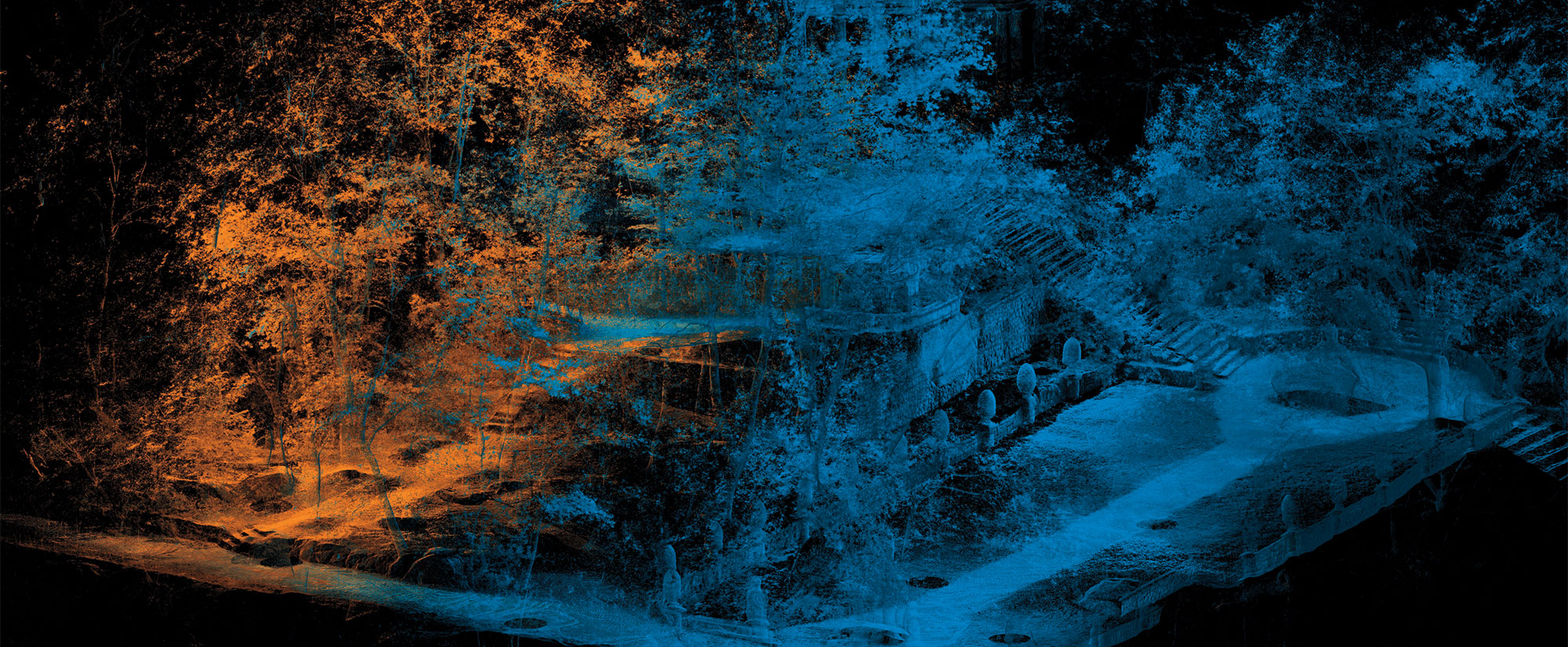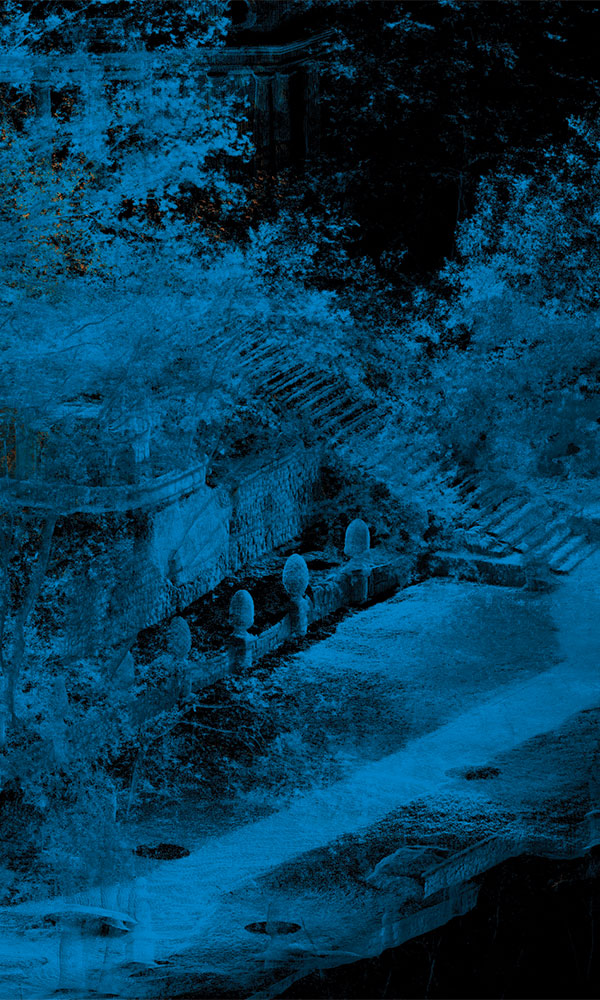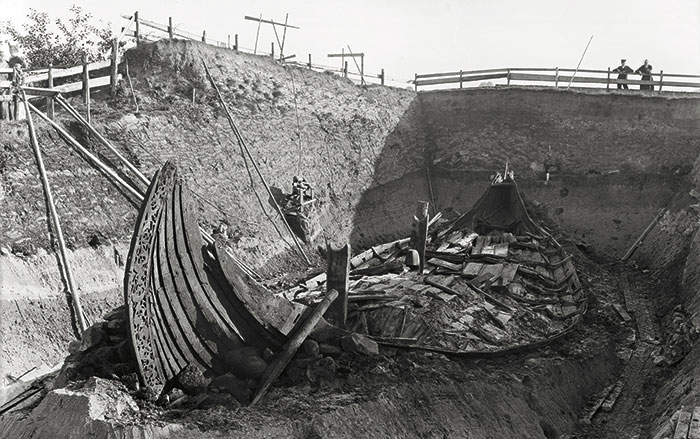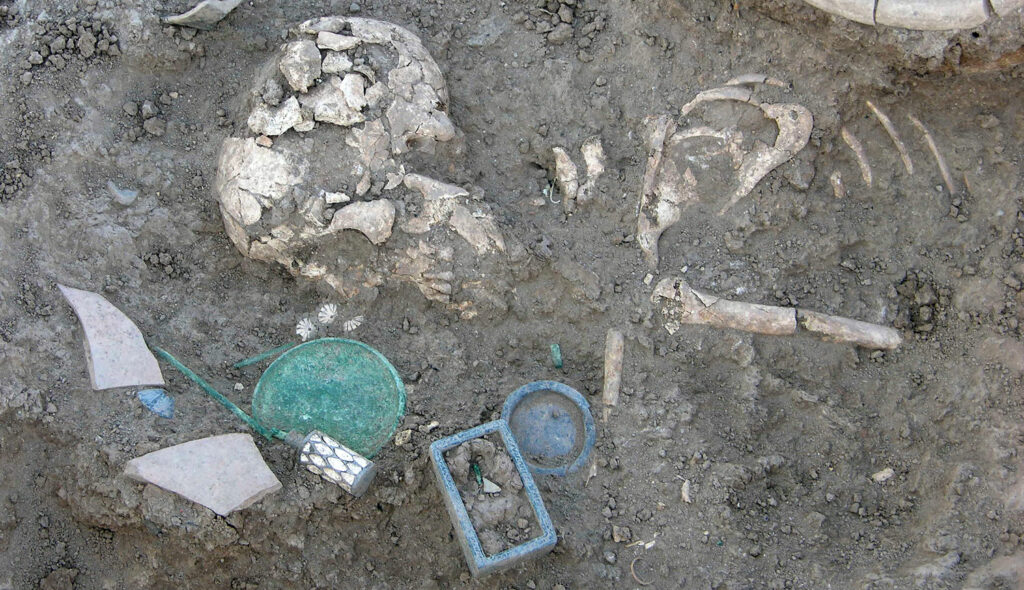
TEPE CHALOW, IRAN—Phys.org reports that a team led by archaeologist Ali Vahdati has excavated the necropolis at the Bronze Age site of Tepe Chalow in northeastern Iran and discovered that the site’s most richly furnished burial belonged to a woman of no more than 18. The site flourished in the late third millennium b.c., when the settlement was one of the many centers of the Bactria–Margiana Archaeological Complex, or Greater Khorasan Civilization, which spread throughout much of southern Central Asia. The people of Tepe Chalow would have participated in far-flung trade networks that connected them with Mesopotamia and the Indus Valley. The opulence of the young woman's grave reflects Tepe Chalow's prosperity. She was buried with 34 objects, including gold jewelry and three chlorite, or greenstone, cosmetic containers. One of these was decorated with depictions of snakes and a scorpion, creatures that may have been associated with the underworld or afterlife. Her grave also held a number of copper seals that would have been used to conduct commerce, suggesting she and her family held high status. “Seals in this context symbolize ownership and participation in trade networks,” said Vahdati. To read in depth about a contemporaneous Bronze Age culture in Iran, go to "The World in Between."



